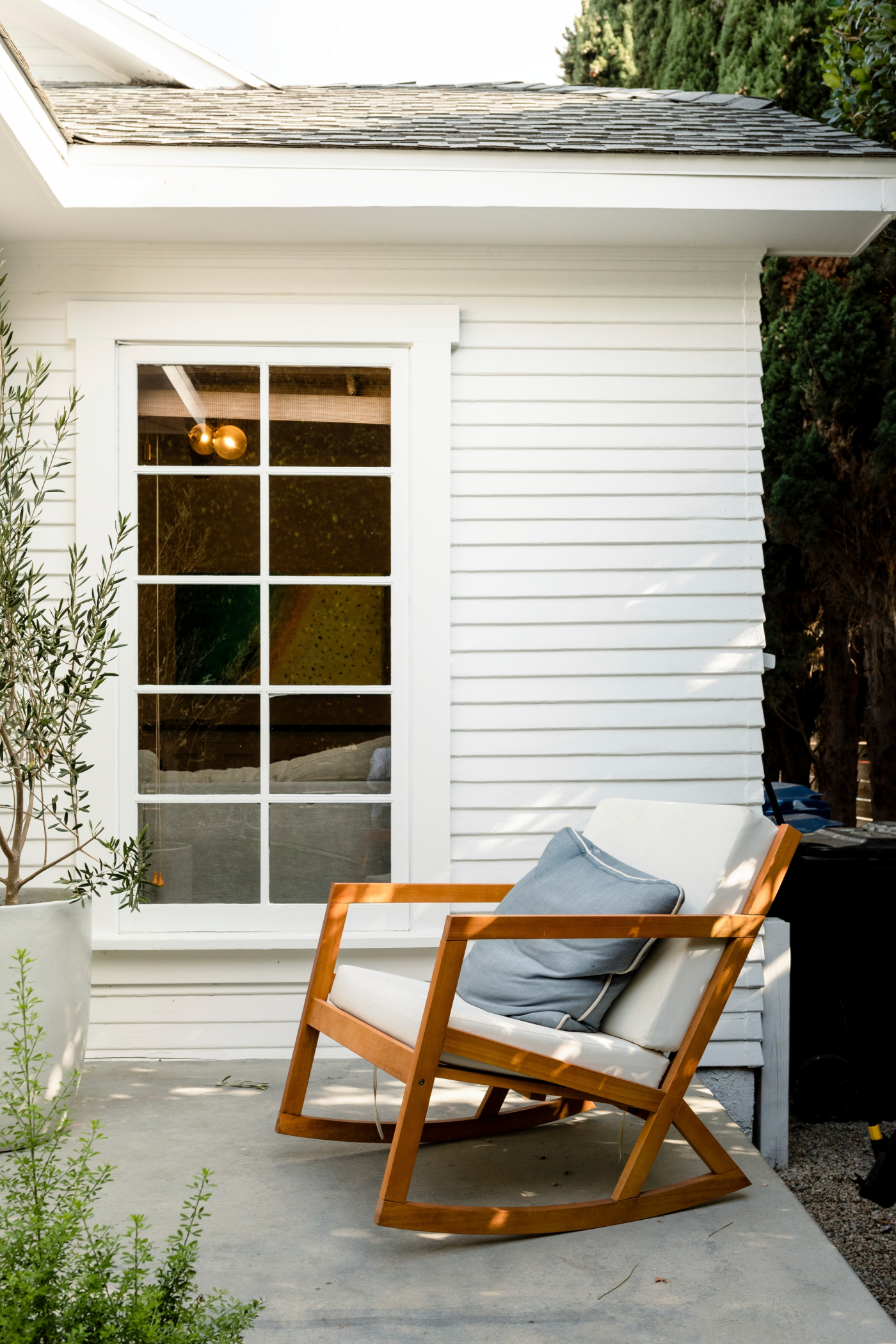This summer it’s important to take a moment and consider how our daily actions impact the environment. One simple yet effective way to reduce our carbon footprint is by reducing our energy usage at home. By taking steps to conserve energy, we can help preserve natural resources and reduce the emissions that negatively impact our planet.
We’re sharing some tips to help you reduce your energy consumption at home, starting with the easiest and simplest ways to save energy, and gradually progressing to more advanced strategies. Whether you’re looking to make small changes to your daily habits or invest in new technologies to reduce your energy usage, these actions will help you take a step towards a more sustainable lifestyle. And the best part? You’ll save money on your energy bills in the process!
Rely on Natural Light

Take advantage of the free, natural resource that is sunlight! Pull back your curtains and open those blinds during the daylight hours to let in as much natural light as possible into your living spaces. This will act as a light source all year long and heating source during the colder months. Make the decision to switch on those artificial lights during the evening only to cut back on energy consumption.
Use Your Ceiling Fans
Turn on those ceiling fans before you resort to cranking up the AC during the summer months. This requires much less energy! Just make sure the blades are rotating in the correct direction; they should be spinning counterclockwise during the summer, which pulls the air down and creates a cool, refreshing breeze.
Dry Clothes on a Clothesline

Dry your clothes the old-fashioned way — in the fresh air on a clothesline! And if the weather isn’t ideal, you can still air dry your clothes inside on a drying rack. According to Project Laundry List, this simple habit change has the potential to save the average household between 10–20 percent on utility bills. Not to mention, your clothes will be extra fresh and clean!
Use LED Light Bulbs
LED light bulbs use up to 90% less energy than traditional incandescent bulbs. Not to mention, they last 25 times longer, which means you will replace them much less frequently. So swap out those bulbs to maximize your energy efficiency throughout your home.
Unplug Appliances + Electronics When Not in Use

Believe it or not, appliances and electronics are still consuming energy if they are plugged in, even when they are turned off. This is called a “phantom load” or “vampire energy.” So unplug any appliances and electronics when you are not using them. Or at the very least, plug them into a power strip that operates on a timer, so they will turn off at a certain time each day. Another way to reduce energy consumption is by using your oven sparingly, as it requires the most energy out of all kitchen appliances (between 2,000–5,000 watts with each use).
Seal Air Leaks
If air is leaking in and out of your home, your HVAC system can have a more difficult time maintaining a consistent temperature, causing your system to work harder than it has to. Make sure your doors and windows are properly sealed by performing one of these tests, from a simple hand test to a DIY “candle test.” Or simply hire a professional who can properly inspect and repair cracks with various types of equipment.
Use a Low-Flow Showerhead

While we all love a good high-pressure shower, the faster the water comes out, the more water we’re using! In fact, according to the Environmental Protection Agency, the average family uses about 40 gallons of water each day on showers, accounting for about 17% of indoor water use. Slow down your water usage by installing a low-flow showerhead; here are some of the best models, ranging from budget-friendly to high-tech.
Install a Smart Thermostat
We’ve all heard that dropping your thermostat a degree or two can make a significant difference on your heating costs during the winter months. But what if you didn’t have to remember to adjust the temperature? Smart thermostats can be programmed to automatically reach a specific temperature during certain times of the day. Plus, some even learn your habits and can adjust accordingly! All in all, they are designed to save you energy — and therefore money — and they ultimately pay for themselves. The EPA estimates that smart thermostats save users an average of 8 percent on their utility bills each month.
Upgrade Your Appliances

The next time a major appliance goes down, make an eco-friendly choice for its replacement. Look for an appliance with an Energy Star rating, so you know it is designed to use energy as efficiently as possible. Plus, eco-friendly technology is advancing each year, so you’ll find a wide variety of Energy Star appliances to choose from. These models may be more expensive upfront, but the money you will save over time will make up for the difference — and then some!
Install Energy-Efficient Windows
Having lots of windows is a valuable asset in any home, as it lets in lots of natural light into the space. But windows can also let out heat or cold air if they are not energy-efficient, which causes your HVAC system to work overtime. If it’s in the budget, install energy-efficient windows to increase energy savings, protect your home from harmful UV rays, and reduce condensation. Plus, this upgrade will likely increase the resale value of your home!
Install Solar Panels

Installing solar panels is the ultimate way to make your home more energy-efficient. Solar panels use sunlight to generate electricity, reducing dependence on non-renewable energy sources. They can lower energy bills while also reducing greenhouse gas emissions — and you can even sell excess energy back to the grid, which can generate a return on your investment! While this installation is quite expensive at the onset, advancements in solar technology have made it more accessible and affordable for homeowners looking to live sustainably.
Small Steps Make a Big Difference
Overwhelmed? Don’t be! Just remember that even the smallest changes can have a big impact over time.






